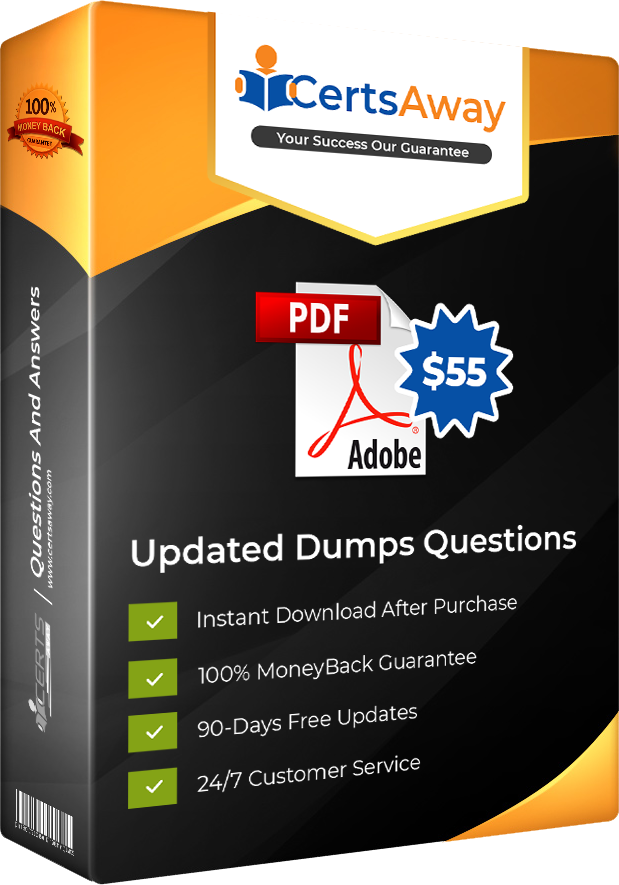Papular Exam Dumps List
- SAP
- VMware
- Cisco
- IBM
Decide Fast & Get 50% Flat Discount on This Summer Discount offer | Limited Time Offer - Ends In COUPON CODE: Summer50

CCA Spark and Hadoop Developer
Vendor: Cloudera
Exam Name: CCA Spark and Hadoop Developer
Questions with Answers: 96
Last Updated: 21-May-2025
100% MoneyBack Guarantee
Security and Privacy
24/7 Customer Service
CertsAway offers you 3 months updates on each exam purchase. Once you will buy any of our exam products you will be subscribed to free 3 months updates
We offer you 24/7 free customer support to make your learning smooth and hassle free. If you have any query regarding the material so feel to write us.
Your money is safe with CertsAway. We provide 100% money back guarantee to our respective customers. CertsAway makes your venture safe with its 100% refund policy.
We insist you to try our free demo before exam purchase. This demo will make you acquainted with the real exam product. 100% passing guarantee with CertsAway.com
CCA Spark and Hadoop Developer exams.




You have been doing an excellent job. I just used your CCA175 exam dumps and passed my examination without any trouble. Thank you for your wonderful services.
Getting certified was my dream since I stepped in a professional world. CertsAway has helped me succeed and I am very thankful to the team behind this. You guys are doing excellent work. Keep it up!
That was my final attempt for CCA Spark and Hadoop Developer exam because I have been attempting for CCA175 certification exam. Thanks to guys behind CertAway. I stumbled upon their CCA175 practice material this time and I have finally passed my exam.
I passed my Cloudera CCA175 exam and got certified. I just got 93% and I can’t believe it. The experts at CertsAway have been doing a great job.
Thank you team CertsAway for the amazing exam dumps pdf files. Prepared me so well and I was able to get 92% marks in the Cloudera CCA175 certification exam.